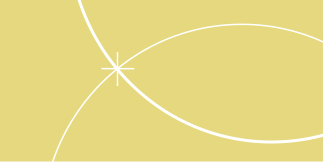Objective: This open, non-comparative, multi-centre investigation examines the use of a new superabsorbent polymer (SAP) wound dressing used for exudate management (in medium-to-high exuding wounds) in a patient population with a variety of wound types. The primary objective of this study was to evaluate the fluid management capabilities of the dressing.
Method: Both acute and chronic wounds with moderate-to-high exudate production levels were assessed (over a period of two weeks) as requiring exudate management, with a SAP dressing, Zetuvit Plus (designated RespoSorb Super in other countries), as part of their normal treatment regimen. Clinicians recorded a subjective assessment of exudate management and its impact on periwound skin conditions. In addition, wound bed preparation, healing trajectory and pain level reduction were monitored to give an insight into the clinical implications of using this dressing. Data was also collected from clinicians and patients on clinical performance of the dressing.
Results: The SAP dressing achieved ratings of ‘very good’/‘good’ (83% and 13%, respectively) in relation to its wound exudate handling properties. The dressing supported improved wound healing, reduced damage to and enhanced the status of the periwound skin. Pain levels were reduced and, as a consequence, patient reported outcomes were improved. Patients commented that the exudate handling capabilities of the dressing, its conformability and comfort allowed them to resume a semblance of normality in their life. All participating clinicians indicated that they would continue to use the SAP dressing. A sub-population cost analysis has highlighted that, when compared to alternative (historical) exudate management treatments, the SAP dressing was less expensive. The cost reduction arises from data that shows product use and frequency of dressing change (that impacts on nurse time) are both reduced. For the 10 patients evaluated, total costs were £2,491 and £1,312 before and during use, respectively; a saving of £1,179.00 (47%).
Conclusion: The SAP dressing was well tolerated and shown to be effective in the management of moderate-to-high exudate. Consequently, the dressing supported improved healing, and reduced damage to periwound skin, leading to lower pain levels. Overall, both the patients and clinicians rated the SAP highly.
Declaration of interest: This study was supported by funding
